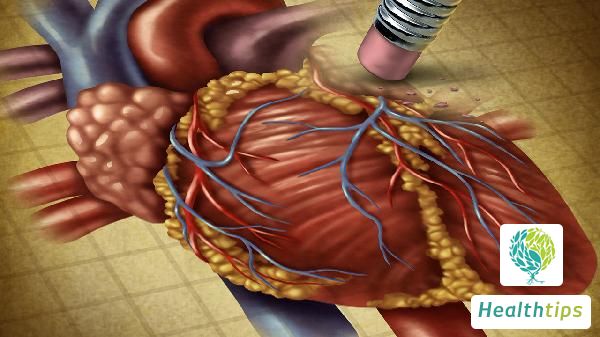How to Determine if Its Vitiligo?

1. Observing the shape of white patches: Vitiligo is a disease that causes white patches on the skin due to the destruction of melanocytes, usually related to genetic factors, endocrine abnormalities, and other reasons. Generally, vitiligo patients will develop round or elliptical patches of light white or milky white color at the lesion site, with the edge pigmentation darker than normal skin color.
2. Observing the size of white patches: The white patches of vitiligo patients will gradually spread as the disease progresses, and the color of the patches will change from light to deep, becoming porcelain white. Moreover, the hair on the white patches may also lose its original color and become sparse.
3. Observing the distribution range of white patches: The white patches of vitiligo patients can occur on any part of the body, but they are commonly found on exposed locations such as the face, neck, and back of the hands. They can also appear on the limbs, trunk, and other parts of the body.
1. Wood's lamp examination: Under Wood's lamp illumination, the white patches of vitiligo patients appear as bright white fluorescence, while the surrounding skin exhibits a brownish-yellow reaction. It can also detect areas of depigmentation and the boundaries between light-colored regions.
2. Dermatoscopy: When examining the affected area using a dermatoscope, obvious hypopigmented patches can be observed in patients with vitiligo. On this basis, scattered punctate or patchy non-specific blue-white patches can be seen, with clear boundaries and irregular edges.
It is recommended that patients seek medical treatment promptly to avoid delaying the condition. In daily life, it is also important to take sun protection measures, avoid direct ultraviolet exposure, and contact with chemical substances.



















